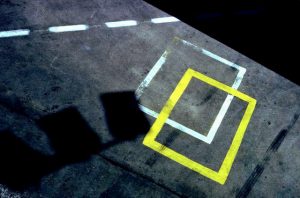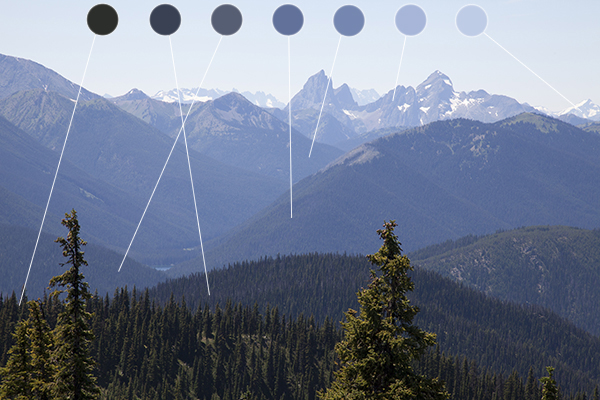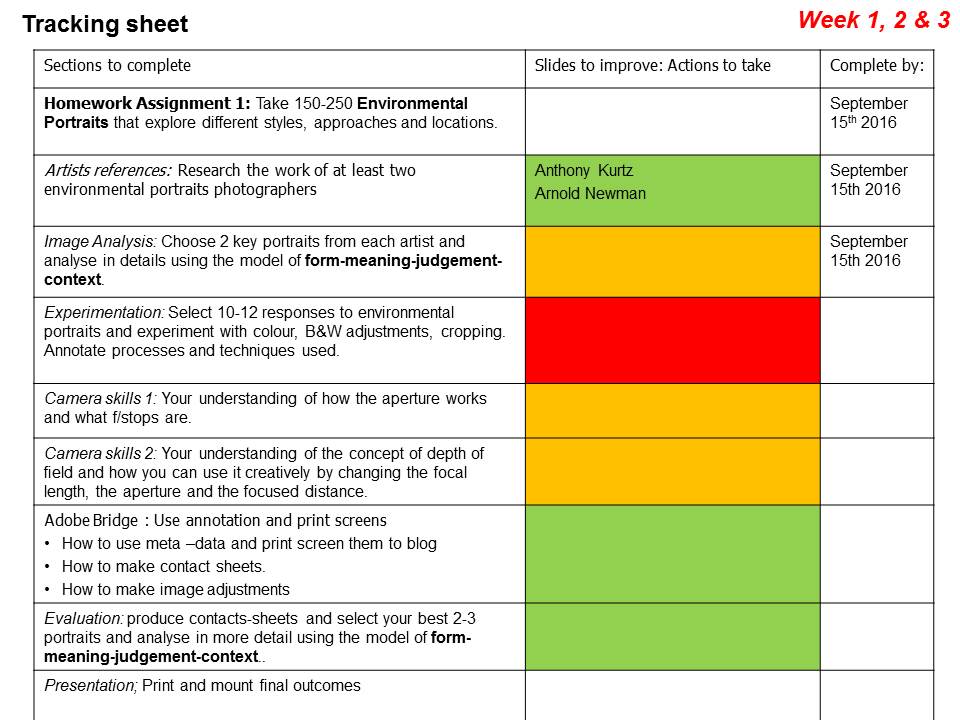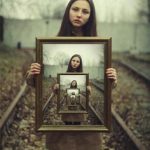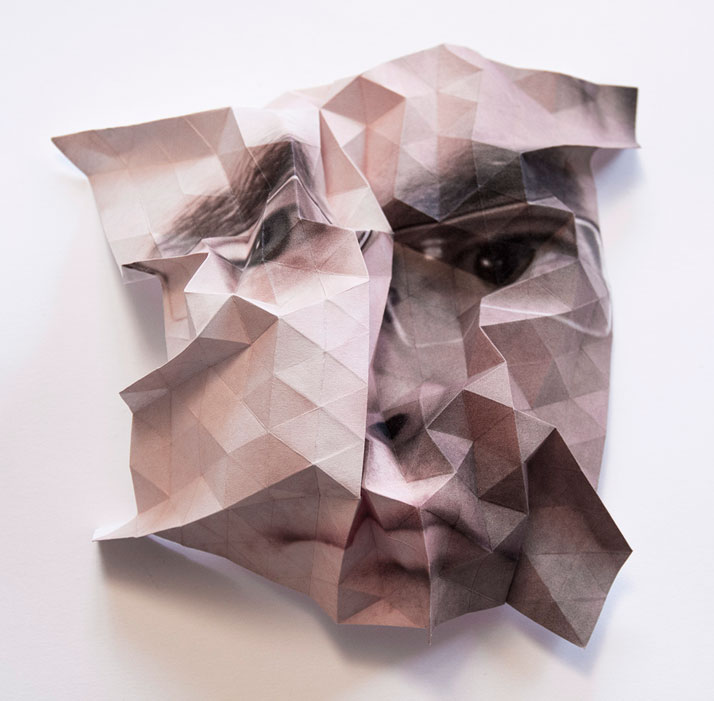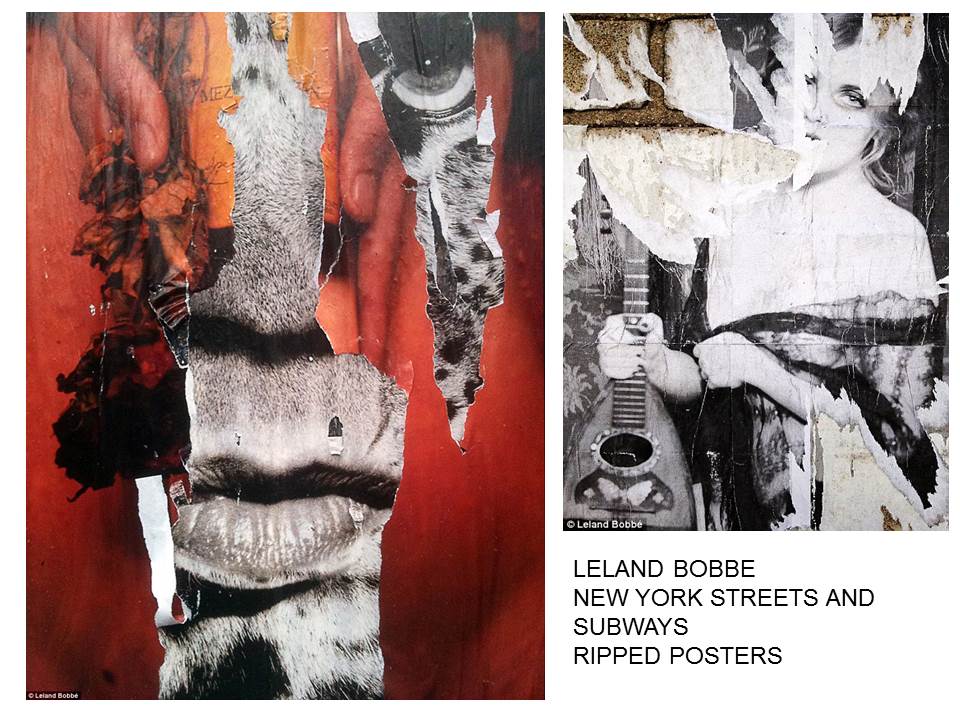Amended Mock Exam Schedule!!!
Monday 6th March Pds 1 – 5 = 12D
Tuesday 7th March Pds 1 – 5 = 12A
Wednesday 8th March Pds 1 – 5 = 12E
Friday 10th March Pds 1-5 = 12C
Photographing Urban Landscapes
- Research and explore The New Topographics and how photographers have responded to man’s impact on the land, and how they found a sense of beauty in the banal ugliness of functional land use…
- Create a blog post that defines and explains The New Topographics and the key features and artists of the movement. Analyse some key imagery (COMPLETE BY FRIDAY 13 JAN)
- As a response to Alliance Francaise Climate Change : State of Emergency at Jersey Arts Centre you must produce a blog post that includes examples of ARCHIVAL IMAGES of a local landscape that you have photographed. Compare these images and describe and explain the changes. Does the imagery connect with any of the artists we have studied??? How and why??? You can look at housing areas, industrial areas, erosion of the coastline, reclaimed land etc.(COMPLETE BY FRIDAY 20 JAN)
- You can then begin to make contrasts and comparisons to your imagery (for example if you have a sense of repetition) you may want to focus on Bernd and Hilla Becher’s TYPOLOGIES (COMPLETE BY FRIDAY 27 JAN)
- You can make links with The New Objectivity movement and their approach to industrial features eg Albert Renger-Patzsch / Karl Blossfeldt : what was The New Objectivity and what was it a reaction to ??? (try to set the context) (COMPLETE BY FRIDAY 27 JAN)
- We will then be looking at ABSTRACTION and FORMALISM and you will be expected to explore shape, pattern, colour, line, symmetry and texture and present a range of blog posts that show your findings, experiments and links to suitable artists as a point of reference / influence. (COMPLETE BY FRIDAY 3 FEB)
- You must complete a homework task that tackles the techniques involved in producing night landscapes, using long exposures and slow shutter speeds. You can photography light trails, townscapes, stars and star-trails etc…. (COMPLETE BY FRIDAY 10 FEB)
-
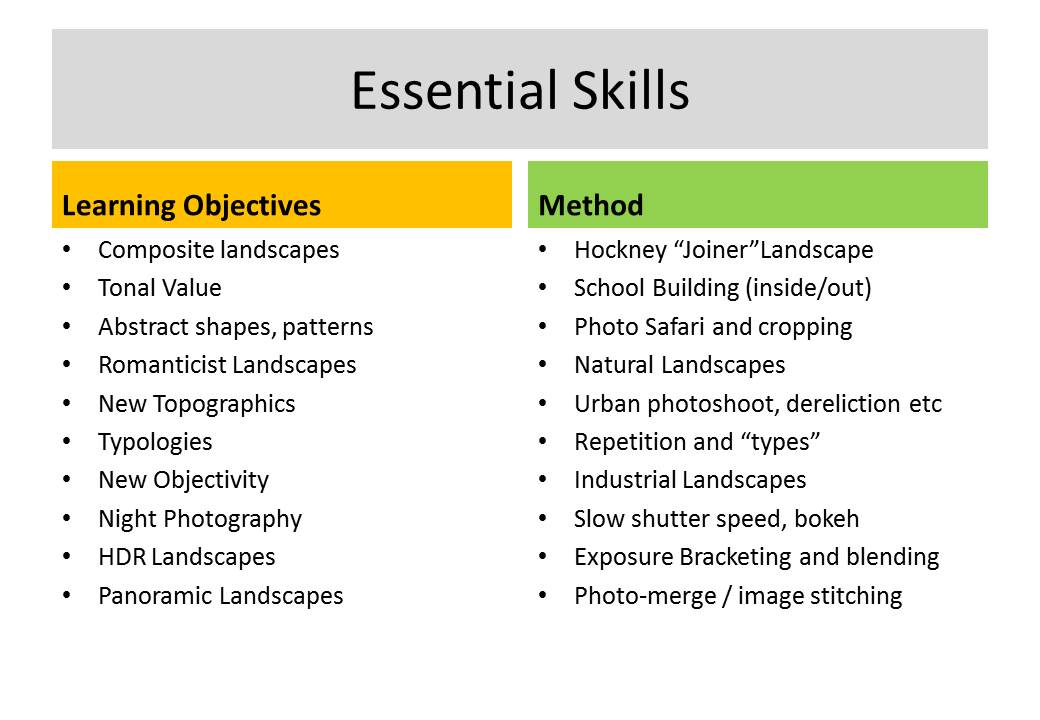
Skills Checklist above and complete by Friday 17th Feb to ensure you have confident skills using photoshop…
Ensure that you include an analysis of a key image from artists and discuss the following key terms…
- Composition (rule of thirds, balance, symmetry)
- Perspective (linear and atmospheric, vanishing points)
- Depth (refer to aperture settings and focus points, foreground, mid-ground and back-ground)
- Scale (refer to proportion, but also detail influenced by medium / large format cameras)
- Light ( intensity, temperature, direction)
- Colour (colour harmonies / warm / cold colours and their effects)
- Shadow (strength, lack of…)
- Texture and surface quality
- Tonal values ( contrast created by highlights, low-lights and mid-tones)
Previous tasks
All students will be expected to engage with a range of initial approaches to Landscape Photography…
- A brief history and overview of landscape art and photography
- Romanticism in Landscape painting and photography
- Ansel Adams and Edward Weston and their impact on contemporary landscape photography
- A site visit / guided walk (see Psychogeographies blog-post)
- Havre Des Pas Photoshoot = Period 5 lessons starting next Thursday 8th (12D MM), Friday 9th (JC 12C), Tuesday 13th (12A MM) & Wednesday 14th (12E JC).
- M:\Departments\Photography\Students\Resources\Landscape Photography\Mr Cole 12A, 12C, 12D, 12E
You must complete the following tasks in Weeks 13 + 14 (before Christmas)
<<<Research and Analysis>>>
- An introduction to landscape photography, including a definition and mood-board of influential images
- A Case Study on Ansel Adams and Edward Weston
3. Create a blog post that defines and explains what Romanticism is in Landscape Photography…include examples and make reference to Romanticism in other art-forms eg painting
4.Create a blog post that shows your understanding of what Psycho-Geography is and how we can use this concept to help us respond to the urban / rural / sea / land scape (s)…
Homework Assignment
- Between December 5 2016 and January 5th 2017
- Take 150-200 photos of romanticised landscapes
- Try to keep to natural / rural settings with minimal human impact
- We will show you how to “EXPOSURE BRACKET” and you must try using this technique for at least some of your photographs
- We will then show you how to convert these images to HDR using photoshop
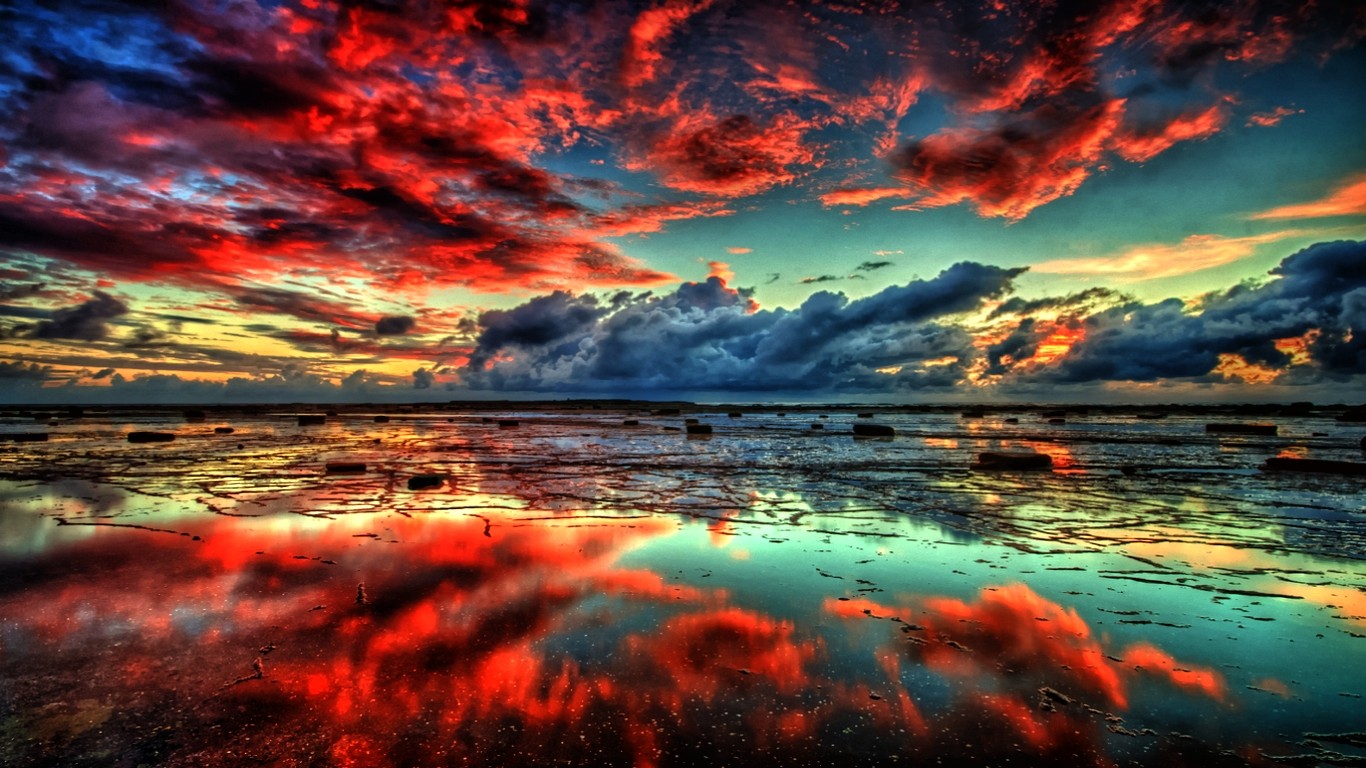
Here is a link to the BBC Website “in-pictures”…The British Isles 2016
http://www.bbc.co.uk/news/in-pictures-3816943
The New Topographics
Analysing Your Images
The Formal or Visual Elements
|
Light: Line: Repetition: Texture: Colour: Composition: |
Which areas of the photograph are brightest? Are there any shadows? Does the photograph allow you to guess the time of day? Is the light natural or artificial? Harsh or soft? Reflected or direct? How does light fall across the objects in the photograph?
Are there objects in the photograph that act as lines? Are they straight, curvy, thin, thick? Do the lines create direction in the photograph? Do they outline? Do the lines show movement or energy? Are there any objects, shapes or lines which repeat and create a rhythm or pattern? Do you see echoes or reflections within the image? Do you see geometric (straight edged) or organic (curvy) shapes? Which are they and how do they relate to each other? Is there depth to the photograph or does it seem shallow? What creates this appearance? What is placed in the foreground, middle ground and background? Are there important negative (empty) spaces in addition to positive (solid) spaces? If you could touch the surface of the photograph how would it feel? How do the objects in the picture look like they would feel? Is there a range of tones from dark to light? Where is the darkest part of the image? Where is the lightest? Are the tones in the photograph balanced or does the image tend towards darkness or lightness overall. How does this affect the mood or atmosphere? What kind of colours can you see e.g. saturated, muted, complementary, primary? Is there a dominant colour? How would this image be different if it was in black and white? Does the use of colour help us understand the subject or does it work independently? How have the various elements in the picture been arranged? Does the image seem balanced or unbalanced? Is it possible to superimpose geometrical shapes on the image to better understand the composition e.g. a pyramid? Has the photographer used the Rule of Thirds?+ |

